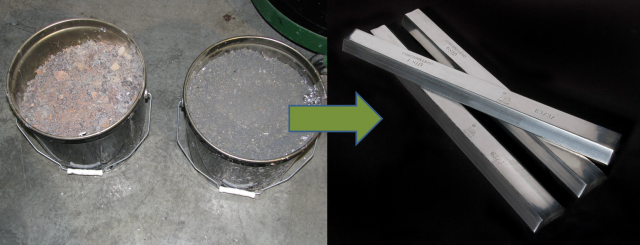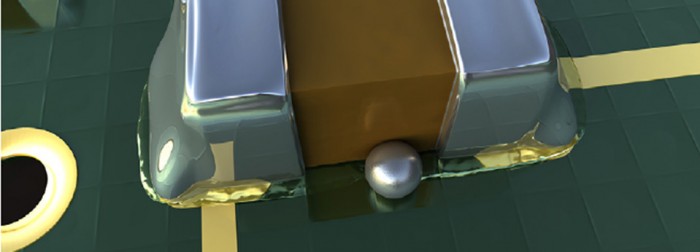Anyone who has used wave soldering to assemble PCBs knows about that chunky layer of metal that collects on the smooth surface of the molten solder.This is solder dross; it is composed of oxidized metals and impurities that collect as the molten solder contacts the air and manufacturing environment.This happens regardless of alloy and is a normal part of the process, often consuming up to 50% of the bar solder added to the solder pot.In the past, this dross was collected as waste and disposed of, but solder dross is more than 90% valuable metal.This value should be recovered.
Nowadays, typically, this dross is collected and returned to a metals supplier for recycling.Indium Corporation now offers two programs for recycling solder dross.The first program involves simply sending back dross waste in return for a portion of the metal value as a credit.The second option involves sending back dross, which is converted to bar solder (within the original spec) and returned, with you paying only a fee for processing.When dross arrives, regardless of which program is chosen, it is electrolytically refined and the pure metals are recovered and converted back into usable bar solder.Often, this reclaimed/recycled metal has a better purity than virgin metal.
Dross is not the only form of solder that can be recycled.For instance, when changing to a different alloy in a wave soldering process, the entire solder pot will need to be emptied.The old alloy can be collected and recycled, lowering the amount of capital necessary to switch alloys. Bar solder and wire that have not been used within the shelf life can also be recycled to get back some of their value.
Contact me if you want to discuss this.



